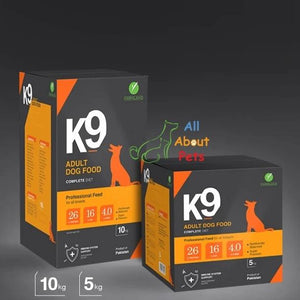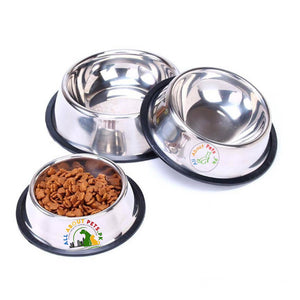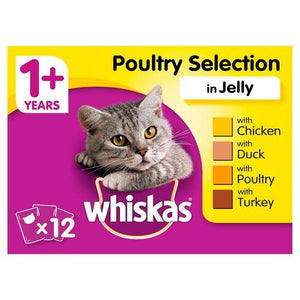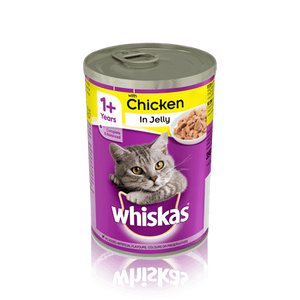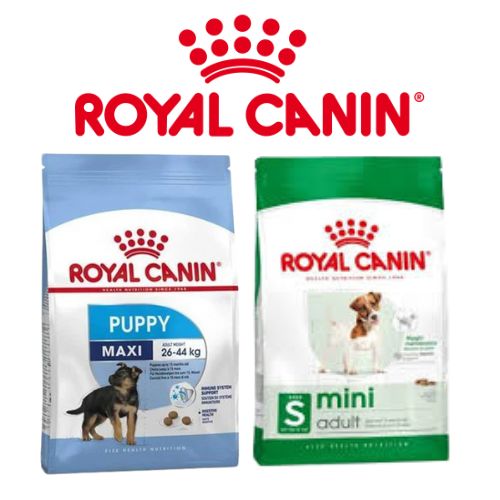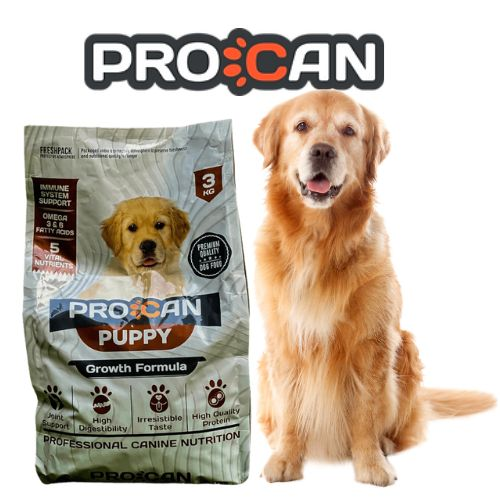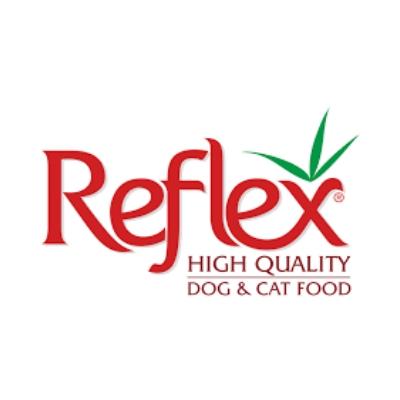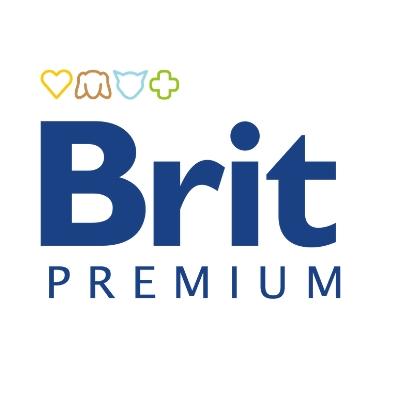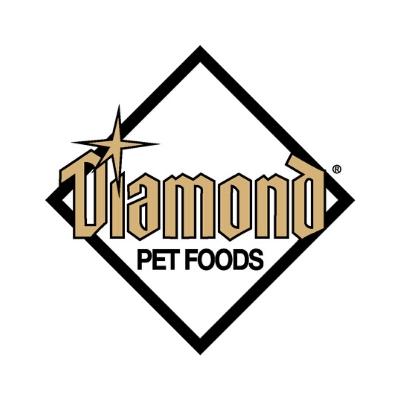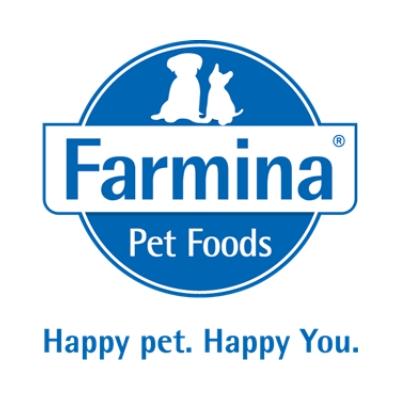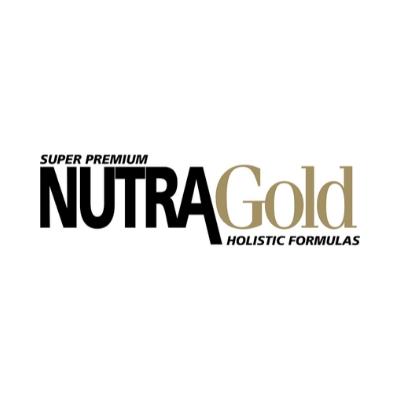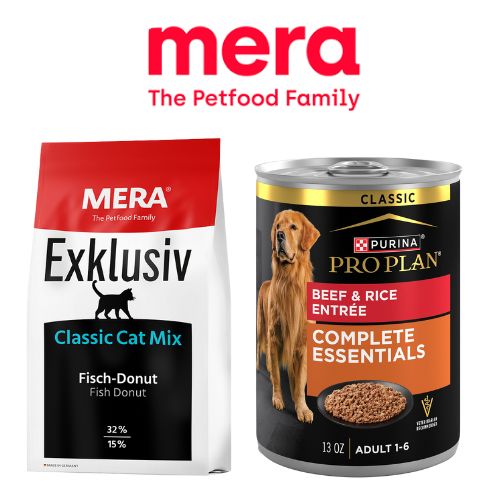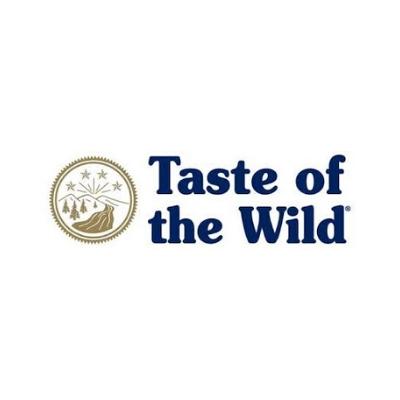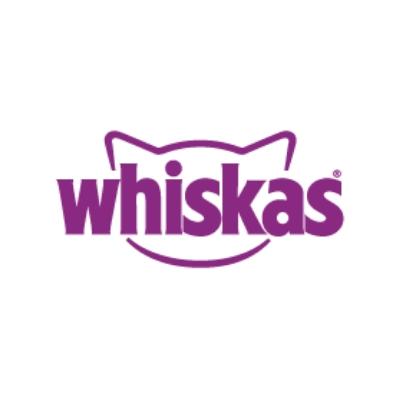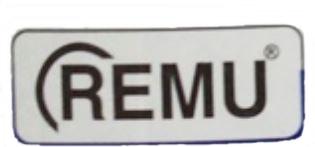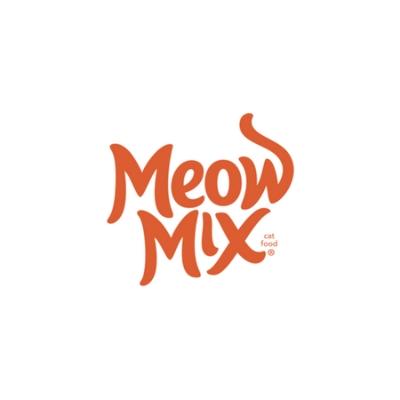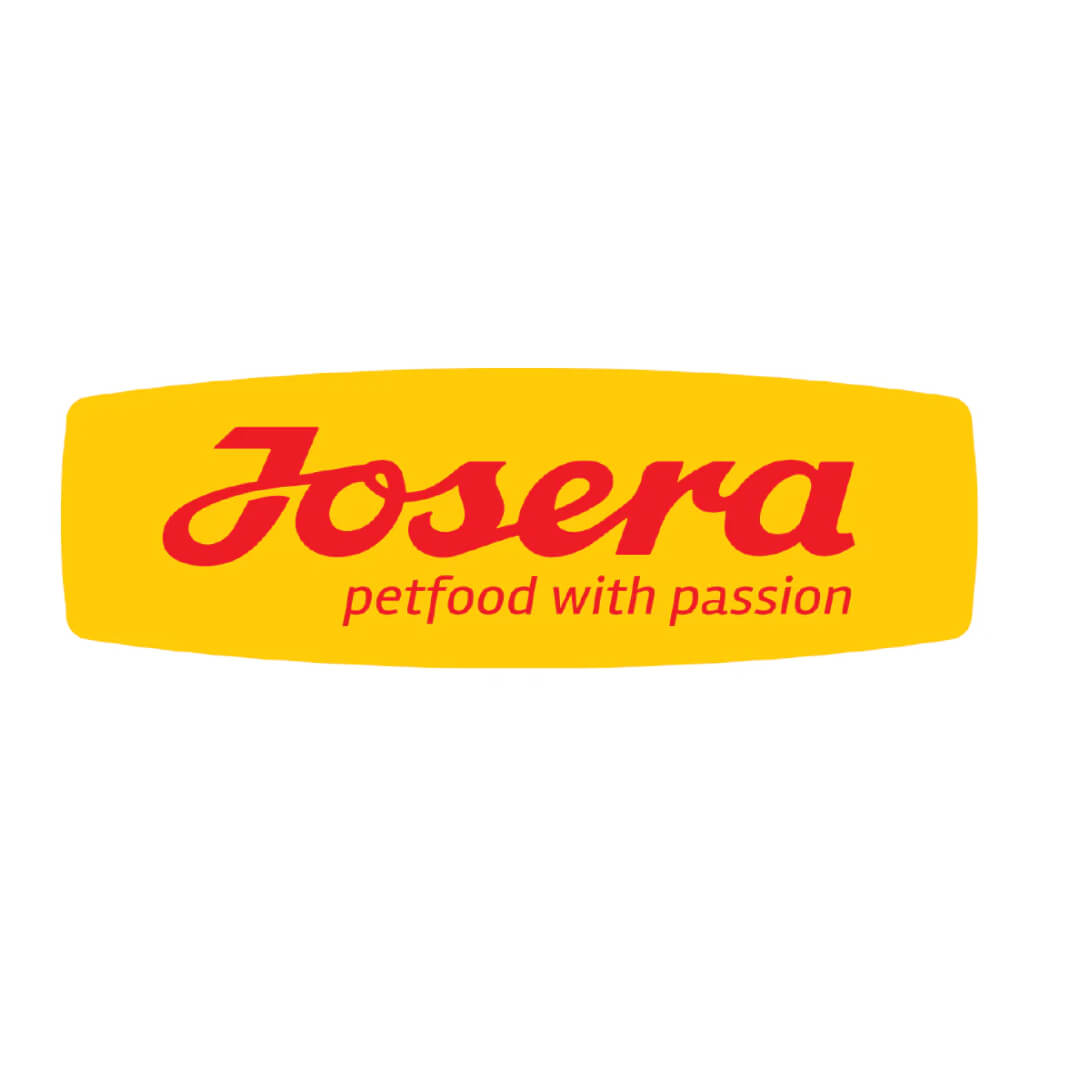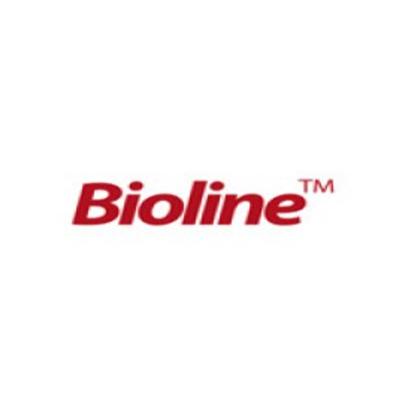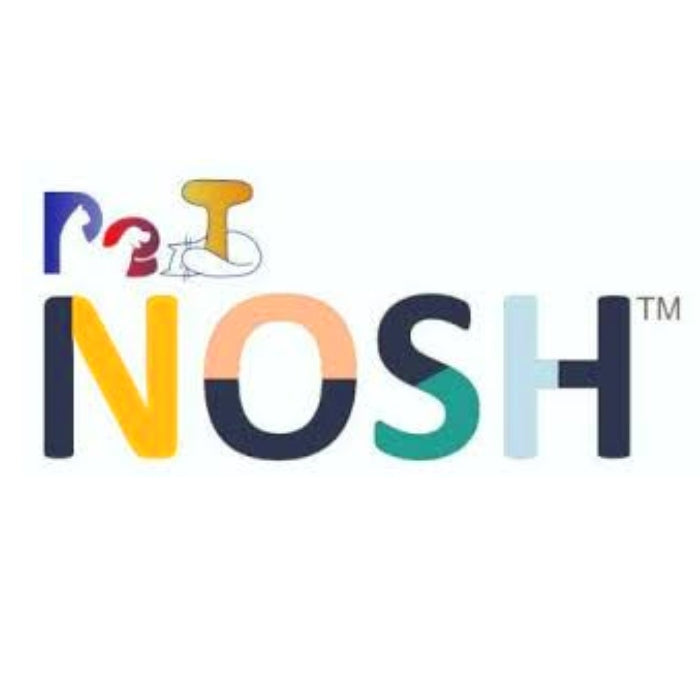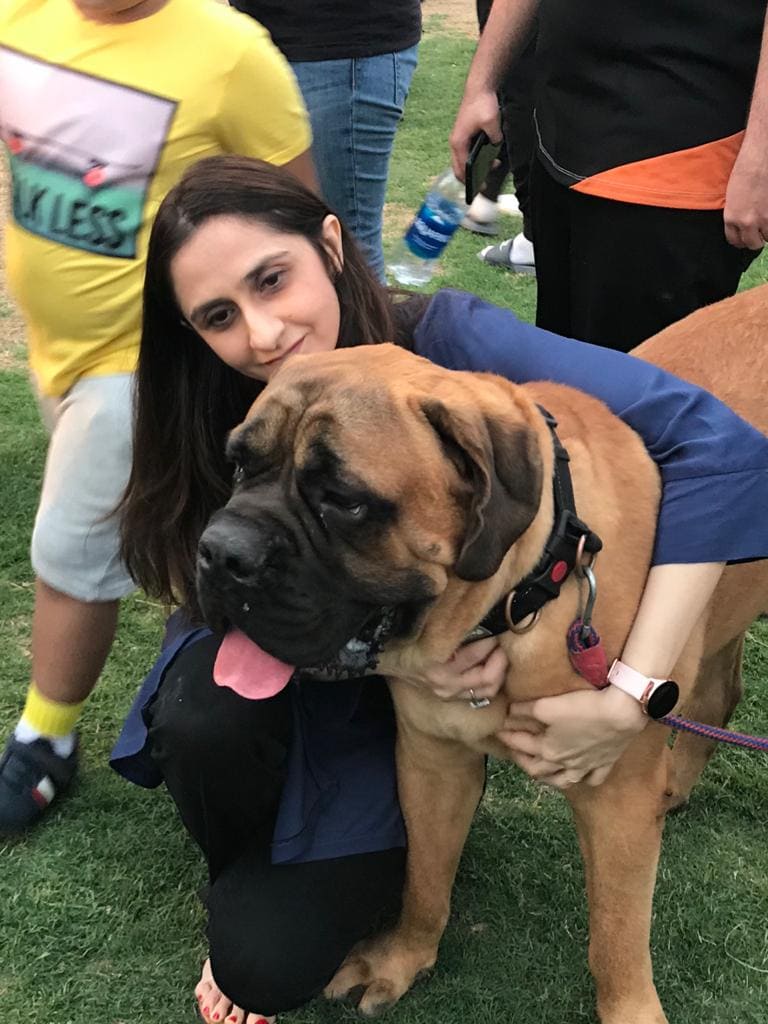Being a responsible pet owner also involves selecting the proper food of your pet. It is not only the difference of texture in the wet and dry pet food, it is the hydration of your pet, digestion, teeth health, the energy and the quality of your pet life. In AllAboutPets we are convinced that healthier pets arise through informed choices.
Throughout this comprehensive guide, we are going to discuss all there is to know about wet and dry dog food, including its nutritional value and reporting all the reasons why dog owners may benefit from feeding it to their pets, as well as how to store it and how expensive it is, in addition to some of the most popular queries pet owners ask themselves about this type of food.
Regardless of whether you have a puppy that you need to feed in order to tire them out like my parents have or a senior cat or a dog with digestive problems, the article will help you make the most optimum choices with regard to feeding your pet.
Understanding the Basics of Pet Nutrition
What Nutrients Do Pets Need?
Animals require various nutrients in order to maintain healthy digestion. Proteins make muscles and repair tissues, fats give energy and aid the absorption of vitamins and carbohydrates are fuel to the day. Minerals such as calcium and phosphorus are beneficial to the strong bones and teeth whereas vitamins such as A, D, E and B-complex preserve the functioning of some of the body organs. Water is also crucial to every metabolism process, whereas fiber is essential in the digestion process. Every nutrient is vital, and the balance between them is determined by such aspects as the age, breed, size, and level of activity. Extending a complete and balanced food to your pet guarantees the pet to receive needed nutrients.
Importance of Hydration in Pet Food
Your pet requires water so that it can be able to run its body processes. A lot of pets and cats are especially not consuming enough water daily. Wet food is supported there, as it is up to 85% moisture that can support the functioning of kidneys and helps avoid such problems in the urinary tract and also helps to promote digestion. Alternatively, dry food contains minimal amounts of water in the range of 10 percent only; thus, pets consume more water to remain hydrated. In case your pet is taking dry food, be sure to keep lots of free water close to them. Wet food may be of especially significant assistance to pets that are not feeling well or are dehydrated.
Role of Feeding Frequency in Pet Health
The frequency of feeding your pet contributes to its weight, as well as its levels of energy and even behavior. Puppies and kittens will require 3 to 4 meals each day because of growth requirements. Fully grown dogs and cats have no issues with two meals per day and old pets may need more and smaller portions. Regular meals allow you to control the metabolism and avoid overfeeding. Measuring cups or a pet feeding calculator can assist you to make sure that you are measuring the right amount. It is also easy to detect any changes in appetite or health with a regular pattern.
What is Wet Pet Food?
Composition and Texture
High quality meat, vegetables, and grains are normally used in the production of wet pet food. It is braised in water or soup, hence the soft stew like texture that it can be easily chewed and digested. This qualifies it well as a food suitable to pets that have dental problems, have dropped teeth, or lack appetite. The tastes and smell are more pronounced than the dry food which may make the picky eaters consume more. Wet food can be in many boiled forms such as p, in pieces in gravy, or even in pulpy forms to meet all the cravings of your pet.
Packaging and Storage
Wet food can come as cans, trays or in a pouch. They have covers in order to retain their freshness and avoid contamination. When it is opened the food is expected to be refrigerated as quickly as possible, and preserved within 24-48 hrs, otherwise it will go bad. This is not as easy to work with as dry food, though the increased freshness and palatability of these more often than not justify the additional expense. It is always advisable to dispose of perishable food after a day and two of leaving them in the open. This is because bacteria might develop in the food.
Nutritional Value in Wet Food
Protein content tends to be greater in wet food and less in carbohydrates, which will allow the pet to grow lean muscle and keep a healthy weight. It is also very hydrating and aids in the urinary system. Other wet foods contain joint supplements such as glucosamine or skin and coat supplements like Omega-3. The wet food is usually prescribed to the ill, ailing, and older or underweight pets as it has a greater amount of calories and it is also easier to assimilate.
What is Dry Pet Food?
Key Ingredients in Kibble
Kibble or dry food is produced through a combination of the meat, grains, veggies, fats, and vitamins. The ingredients are either baked or extruded into small and crunchy pieces. Real meat as the first ingredient is the top priority of premium kibbles, which also contain nutrients to maintain health and vitality. Weaker kibbles may include meat by-products or fillers such as wheat and corn hence you should ensure you look at the ingredients.
Shelf Life and Convenience
The dry food has a long shelf life and accommodates ease of usage. It does not have to be refrigerated and can last weeks when placed in air-tight containers. It is convenient to dispense and neat to store and easy to clean up so that it suits busy owners. It can also be left out of pets who like to feed all day long and this is a great assistance especially, in homes with multiple pets.
Nutritional Profile of Dry Food
Under certain conditions dry food can be a balanced and complete nutrition. It may include additional fiber to aid digestion and nutrients such as taurine and vitamin E to boost immune support. It however contains less water, thus pets require to drink more water. A calorie-rich food has the risk of overfeeding because it is high in calories. Every food should be measured. Quality kibble can also be used to clean the teeth and this enhances teeth health.
Advantages of Wet Dog Food
Better Palatability
Wet food has better smell and flavor preferred by various dogs and thus is an excellent choice for the fussy eaters. Dying pets, convalescing pets or pets with weak health will recover their appetite on wet food. The taste and smell are more pronounced which makes dogs eat well. It is also good for dogs on medications since medications can be easily concealed in the friends soft food.
High Moisture Content
Dogs, who do not drink a lot of water, are best treated with wet food. The main advantage it has is that it is high in water and thus keeps your dog hydrated, keeps the kidneys healthy and also lowers chances of diarrhea and urinary tract infections. It helps especially with elderly dogs or those who have an illness, such as diabetes and kidney disease.
Easy to Chew
Wet food is easy to consume by dogs which have dental problems, lack teeth or have swollen gums. Its tender texture is suitable for the changeover of puppies to their solid food as well. It is because wet food provides pets with oral sensitivity with all the nutrients without experiencing any pain.
Disadvantages of Wet Dog Food
Affordability and Cost
Wet dog food is known to be more costly as compared to dry food, particularly when the pets are numerous or big. This would be expensive very fast as well as not so compliant with its finances. Some owners combine wet and dry food to cut down the costs but introduce variety in the diet.
Storing and Spoiling
Moist food that is open has to be placed in the fridge and eaten as soon as possible. One cannot afford to miss it after too long a time because it can go bad. This is not as convenient to busy pet owners or people who like free-feeding.
Teeth Health Problems
Wet foods do not aid as well in cleaning teeth as dry kibbles do. Dogs that only consume wet food are more exposed to plaque, stinky breath, and gum problems. This is all the more significant because of regular dental chews, brushing, or rinses by a vet.
Disadvantages of Dry Dog Food
Reduced Moisture Level
There is very little water content within dry food, which may result in dehydration due to lack of sufficient water in pets. With the time, it can cause further risk of developing urinary issues, particularly in cats and small-sized dog breeds.
Substance of Fillers and Additives
Fillers such as corn, soy and artificial color in some low-quality dry foods are of low nutritional value and may lead to allergy or gastrointestinal problems. Never take low quality brands that have false meat or ingredients that are unnatural.
Harder Texture
Older dogs, puppies or pets with dental problems may have trouble chewing kibble. This might cause a decrease in food stuff or mealtime discomfort. Kibble may be softened by leaving it in warm water or adding wet food to kibble.
Mixing Wet and Dry Dog Food
Advantages of both Coming Together
Wet and dry food combinations have the advantage of combining the positive aspects of all food as wet food provides moisture and flavor, but also the positive effects on the teeth and the convenience of dry food. It can enhance taste, aid in controlling the amount of food a person takes and enable the individual to maintain a balanced diet.
Wet and Dry Dog Food Calculator Mixing Soup
A dog food calculator should help calculate how not to overfeed when mixing. Count caloric value of wet and dry foods and make sure that the daily consumed amount used by your pet does not exceed the healthy number. Inner Consult the vet on a more personalized advice.
Transitioning Tips
Any mixing or change of foods should be done over time. Begin with 25 percent of new food and make gradual additions of 710 days. This assists your pet to adapt as well as avoids digestive upset. Observe them in regards to their stool, energy level, and appetite during transition.
How Often Should Dogs Have Wet Food?
Considerations Regarding Daily feeding
It is up to you to feed your dog wet food every day or not; it will depend on the health, lifestyle, and the preferences of your dog. There are dogs that are sustained well on wet meals, and then there are those where serving them as an addition to their diets or an occasional treat are good objectives. Dogs that are picky, seniors, and puppies would receive the most benefits in getting their daily servings.
Portion Sizes
Read feeding instructions on the package and alter it to fit your dog age, weight and activity. Wet food is high in calories and thus control of eating is important to reduce addition of weight. Accurate measurements are done with a food scale or measuring cup.
Health Based Feeding
Dogs that have dental emergencies, problems with digestion or are on post operation diets may need wet food more often. Also, in case you do not know how frequently to feed it, consult your vet.
Is Wet or Dry Food Better for Dogs with Sensitive Stomachs?
Digestibility Comparison
The wet food is usually easy to digest since it is soft and contains a lot of water. Wet food can reduce bloating, as well as ease bowel movements in dogs with sensitive stomachs.
Ingredient Sensitivities
Look out allergens such as beef, dairy or wheat. Limited-ingredient or hypoallergenic wet foods tend to be easier on the sensitive systems. Ensure that you find genuine meat and disregard artificial preservatives.
Vet Recommendations
Most vets will prescribe wet food to dogs having problems with digestive systems. Some high quality dry food that is sensitive on the stomach however can do the trick as well. The most suitable formula can be selected with the assistance of your vet.
Is Wet or Dry Food Better for Dogs with Diarrhea?
Hydration Needs
Diarrhea may lead to dehydration and hence wet food will aid the fluid loss. It also has higher moisture level and promotes healing and firmness of stool.
Fiber Content
Other dry foods provide extra fiber, which hardens bowel movements. Some people have a lack of fiber. Seek digestive-support products containing pumpkin, sweet potato or beet pulp.
Short term vs. Long term
You might not feed wet food until recovery but with the right food and nutrients, your dog can be taken out of the wet food and be back at the dry food again after they have stabilized. You should be being taken through this process by a vet.
Final Thoughts
Knowledge on what the wet and dried pet foods entail is important in the health and happiness of your pet animal. All of these are relevant with benefits and disadvantages, and the most appropriate one is determined by the age, health and lifestyle of your pet as well as its budget. A successful combination of the two by many pet owners is to provide variety, hydration, and nutrition. Never, without consulting with your veterinarian, make significant change in diet.
For more pet nutrition advice, visit AllAboutPets.
FAQs
Q1: Is it okay to combine wet and dry food on a daily basis?
Yes, quite a number of pet owners are able to combine both of them in the daily diet. All you have to do is make sure you are not over feeding through the use of a calorie calculator.
Q2: What are the demerits of dry dog food?
Dry food can be inedible, not moist, and filled with additives as well.
Q3: What are the disadvantages of wet dog food?
Wet food is more expensive, it perishes easily and can even lead to dental problems unless complemented with oral hygiene.
Q4: What is the frequency of wet food in dogs?
Daily picky dogs, old or sick. Otherwise, it is just good to take a few times a week except after vet prescription.
Q5: Is dry or wet food sensitive on the stomach?
The former are typically felt to be more easily digested but certain dry foods have been designed to have problems with digestion.
Q6: Which food is good to dogs with diarrhea, wet or dry?
Wet food assists in hydration and digestion, whereas high-fiber dry food would be beneficial to recovery, as well.
Q7: Where can I get personalized pet food advice?
Visit AllAboutPets for tailored guidance and high-quality pet food options.


